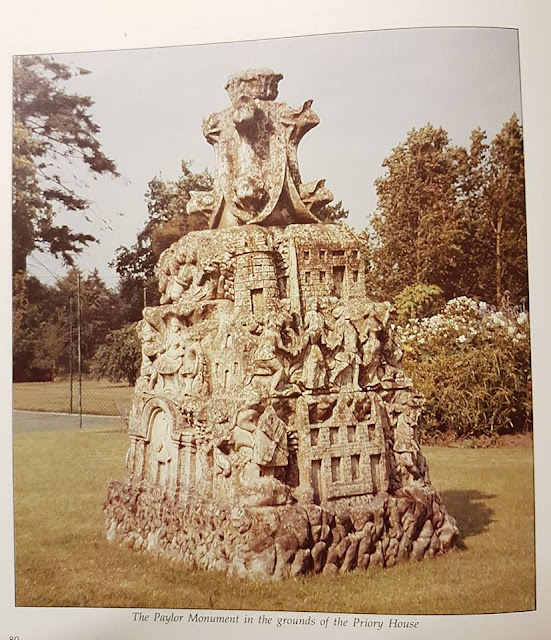Extract from Burdekins Criminal Chronology of York Castle :-
“William Vasey was executed on August 18th, 1870, at the Tyburn without
Micklegate Bar for the wilful and deliberate murder of Marion, the
housekeeper of Mr. Earle of Beningbrough Hall and for the attempted.
murder of Martin Giles, Mr. Earle‘s head gamekeeper.”
— 22 — Marion (her surname is
not mentioned) was housekeeper to Squire
Earle at Beningbrough Hall and had for her sweetheart a young man
(Richard) from this village. Their favourite meeting place was on the
river bank by the ferry, Richard crossing the river by boat. Sometimes
they both crossed to this side of the river, and wandered round the
Avenue and the surrounding woods. They were planning to be married when
one day while on the Staith at York Richard was seized by the Press Gang
and carried off to serve as a sailor in the King’s Navy. Marion was
broken hearted at the loss of her sweetheart.
Squire Earle was away for home most of the time and the estate was
left in the hands of a man named Laurie. This steward was jealous of
Marion and, after the departure of Richard (Marion blamed Laurie for
Richard’s seizure by the Press Gang) he pestered her with his attentions
until she was nearly crazy. She used to walk along the river bank calling
to her sweetheart to come to her assistance and to free her from Laurie’s
unwelcome attentions. Finding that she would not listen to him, Laurie
hired a notorious character — a thief and highwayman named William Vasey
to murder Marion.
Vasey followed her on to the river bank where she was walking from
the ferry towards where the pump house now stands. He seized her and,
screaming and struggling, she was dragged down the bank and thrown into
the River Ouse. Her body was later found and she was buried in Newton-on—
Ouse churchyard. Later Vasey attempted to kill Martin Giles, Squire
Earle’s gamekeeper, but he was apprehended by the police and taken to
York Castle. While there he confessed to
many crimes, among them being the being
the murder of Marion for which he was hanged.
Laurie was dismissed by Squire Earl and later shot himself. Marion’s ghost is supposed to haunt the river
bank near the ferry
where she spent so many happy hours with her sweetheart. She wrings her
hands and moans, and sometimes screams and calls for Richard. Rumour says that one dark night a woman’s
voice was heard calling
“Boat.” The old ferryman took his lamp,
went down to his boat and
crossed to the Newton Landing. The muffled figure of a woman stood on the
bank. She stepped into the boat but
never spoke a word. On reaching the Nun
Monkton landing, the old ferryman turned to help
her out of the boat but there was no one there.
The woman had vanished,
but far away on the opposite bank he heard an eerie voice crying
“Richard, Richard. Help me.” When Richard finally returned from the Navy
and found Marion had
been murdered it is said that he drowned himself in the Ouse.
















